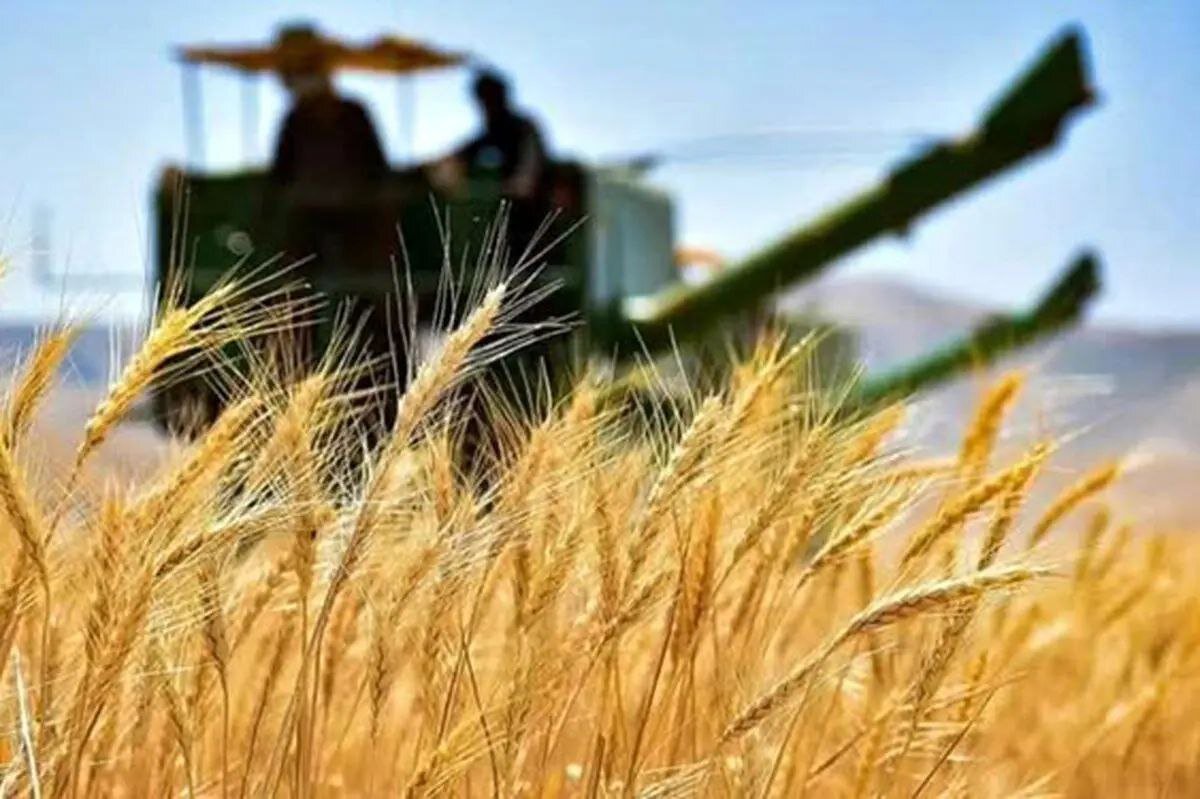GIEWS releases report on food security in Iran

TEHRAN –The Global Information and Early Warning System (GIEWS) has released a report, providing up-to-date information on the food security situation in Iran.
The report includes information on the current agricultural season and the harvest prospects for the main staple food crops and the livestock situation. In addition, it provides estimates and forecasts of cereal production and trade volumes, together with food price and policy developments.
The report covers four main parts as follows.
Dry weather conditions severely affected wheat production
After wheat plantings took place between September and November, the winter season from December to February 2025 started poorly, with rainfall amounts well below the average, with an adverse impact on yields. Although the use of irrigation systems and improved rainfall in March in some regions, including Khuzestan, partially offset the dry conditions and improved biomass levels, low precipitation amounts are expected in May, likely causing production shortfalls. In southern provinces, wheat harvest began in mid-April, while in northern provinces, including Golestan, the harvest season is expected to start in June and will be completed by July.
The government increased the wheat procurement price by 17 percent compared to the previous year and set it at IRR 20,500/kg for soft wheat and IRR 21,000/kg for durum wheat. However, farmers faced challenges in securing inputs, including seeds and fertilizers, due to their high costs.
Regarding rice, planting operations are underway in key producing regions of Gilan and Mazandaran, and are expected to be completed in June 2025.
According to the Food Agriculture Organization (FAO), no desert locusts were detected in the country in March 2025, and no significant increase in numbers is forecast until mid-May 2025.
Above-average cereal production estimated in 2024
Cereal production in 2024 is estimated at 26 million tonnes, about 22 percent above average, mainly due to abundant rainfall amounts and strong government support, including subsidized inputs, low-interest loans, and high government procurement prices of wheat that encouraged planting expansion.
Low import requirements estimated in 2024/25 on account of above-average wheat output in 2024
Wheat import requirements for the 2024/25 marketing season (April/March) are estimated at 1.3 million tonnes, less than half the five-year average, driven by the adequate wheat harvested in 2024, which replenished carryover stocks. For the 2025/26 period, wheat import requirements are likely to increase, compensating for the expected deficit in the 2025 wheat output.
Cereal retail prices surged in 2025
The subsidized preferential currency rate for the essential goods imports remained unchanged from the previous year, at IRR 285000 per USD for the 2025/26 fiscal year (21 March 2025 to 20 March 2026), limiting inflationary pressure on imported agricultural commodities, including wheat.
The subsidized rate is about 40 percent of the market rate, which was about IRR 750,000 per USD in December 2024. However, the average wheat flour price in the Tehran market increased by 18 percent year-on-year in March 2025, driven by the reduction of the retail price subsidy. Retail rice price surged by nearly 60 percent in March 2025 compared to the same period in the previous year.
MT/MG
